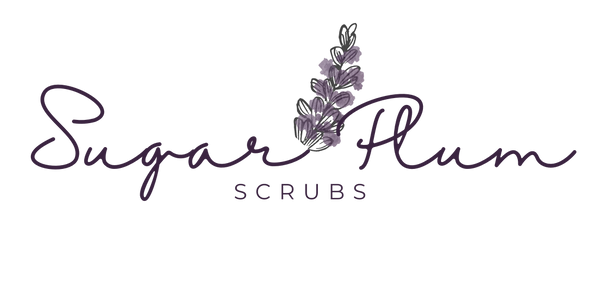Toxic Skincare Ingredients: What You Need to Know
To keep this short and sweet, we only use ingredients that are safe to eat, easy to read and cruelty free.
Are you aware of the harmful chemicals lurking in your skincare products? Many widely used ingredients can be toxic and have adverse effects on your skin and overall health. Some common culprits include parabens, sulfates, and phthalates.
Parabens are synthetic preservatives used to extend the shelf life of beauty products. However, they can mimic estrogen in the body and disrupt the endocrine system, leading to hormonal imbalances and even breast cancer. Sugar Plum Scrubs uses natural preservatives to maximize the shelf life of each product.
Sulfates are detergents found in many personal care products, including shampoo and body wash. They can strip the skin of its natural oils, leading to dryness, irritation, and inflammation.
Phthalates are often used as solvents and plasticizers in cosmetics and fragrances. They have been linked to reproductive issues, birth defects, and even asthma and allergies.
At Sugar Plum Scrubs, we believe in clean beauty and the use of natural, non-toxic ingredients. Our products are free from harmful chemicals like parabens, sulfates, and phthalates. We use only the highest quality, organic herbs and natural exfoliants to provide healing and nourishing benefits for your skin.
Some other toxic ingredients to look out for:
Talc - Found in many powders and foundations, talc has been linked to lung cancer and ovarian cancer.
Synthetic Fragrances - Can cause skin irritation, allergies and disrupt hormones. At Sugar Plum Scrubs, we only use natural, plant-based essential oils to provide a pleasant scent without any harmful side effects.
Titanium Dioxide - often used as a sunscreen and pigment, titanium dioxide can accumulate in the lungs and cause respiratory issues.
